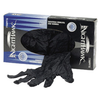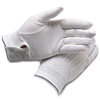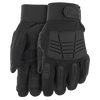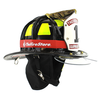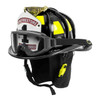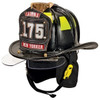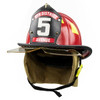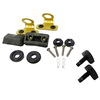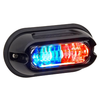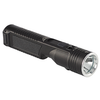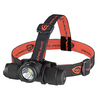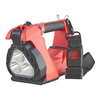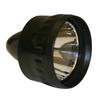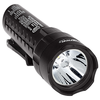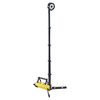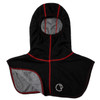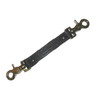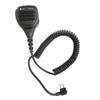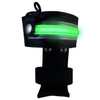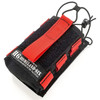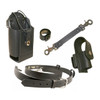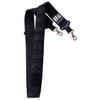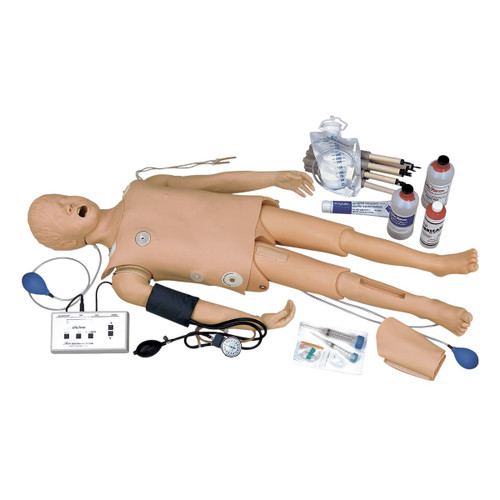Details
Develop total competence with the three most common types of long-term vascular access routes with one simple, portable training aid!
Peripherally Placed Central CatheterA peripherally placed central catheter is prepositioned in the detachable right arm. The arm is in a rotated and extended position, enabling easy access. Both the cephalic and basilic veins are slightly raised for easy identification, with the long arm catheter exiting from the basilic vein. The catheter is pre-attached to a “blood” reservoir bag contained within the arm, which allows blood withdrawal, heparinization, and fluid infusion while attached or separated from the chest. Like the external catheter, the area around the catheter exit site is used to practice catheter care and maintenance.
External Central Catheter
The right chest area is provided with a prepositioned, surgically placed central catheter. The subcutaneous tunnel is visible up to and just over the clavicle. The Dacron cuff is also discernible. The catheter’s distal end is pre-attached to a “blood” reservoir bag enabling the clinician to demonstrate blood withdrawals, heparinization, and infusion techniques. The area around the catheter exit site can be used to practice site care and maintenance. This feature offers the unique opportunity for new staff, patients, and support persons to have supervised, hands-on participation in a simulated realistic situation.
External Central Catheter
- Pre-positioned, surgically placed in the right chest
- Subcutaneous tunnel is visible up to and just over the clavicle
- Distinguishable Dacron cuff
- Distal catheter end is pre-attached to the blood reservoir bag
- Located in the left chest under a specially formulated flap designed to simulate real human tissue
- Situated over a rigid underlying surface with molded ribs and a recessed
- area for the interchangeable inserts
- Three difficult accessing inserts placed either under or over the port to simulate palpating and accessing a port with one of the following types of placements: normal, “tipping”, “wandering”, or “deeply placed”
- Located in the rotated, extended, detachable right arm
- Optional peripheral port can be added to the recessed area posterior to the PICC insertion site
- The base of the recessed area is made of soft material that permits the port to “float” when accessed
- Tissue flap included when placed over the port allows for a realistic feel when palpitating and accessing
- Dual Lumen 5FR PICC exits the slightly raised, basilic vein on the right inner biceps
- Pre-positioned 20G IV catheter in the right forearm
- Catheters are pre-attached to a blood reservoir bag
- Complete blood draws, heparinization, and fluid infusion while attached or unattached to the torso
Complete Chester Chest™ Unit Includes:
- Life-size adult torso
- Base
- Tunneled central catheter 9.6 FR
- Outer tissue pad for left chest
- Real port (IVAD)
- 3 difficult accessing inserts
- Advanced Arm (SB45082; also sold separately)
- Dual lumen PICC 5FR
- Recessed area for optional peripheral port
- 20 G IV catheter
- Blood reservoir bags
- Talc (cornstarch)
- 20.5" x 15.5" x 5.25"
- 6-month limited warranty
- Shipping wt. 11 lbs.
- Additional Capabilities:
- Right Arm Peripheral Port
- Triple Lumen Catheter
- Subclavian Catheter
- Jugular Catheter







